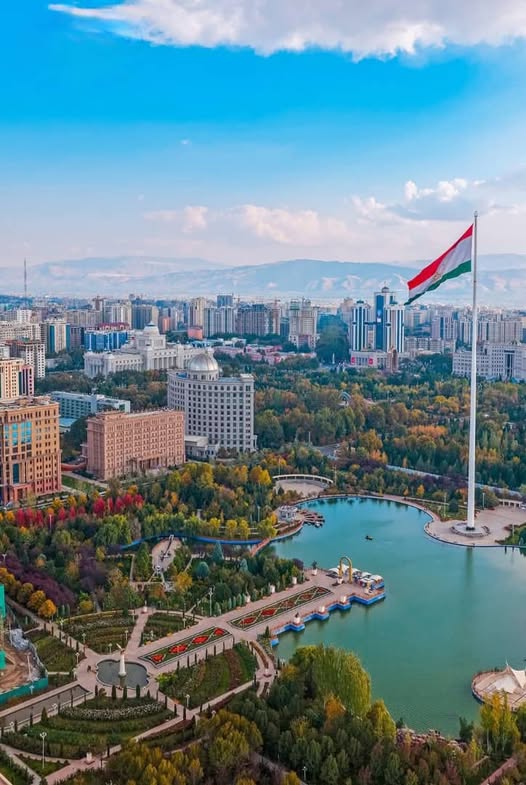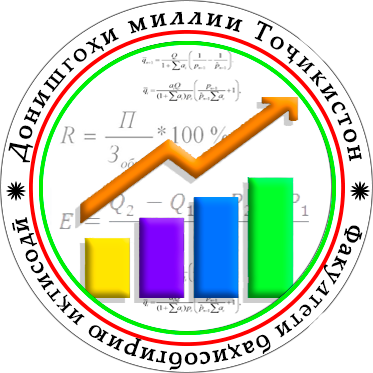The preservation and protection of national symbols and sacred heritage constitute an essential civic duty, serving as a foundation for strengthening the statehood of the Republic of Tajikistan. Among these symbols, the national flag holds a particularly significant place, fostering national consciousness and pride.
The National Flag of the Republic of Tajikistan, as both a national emblem and a symbol of statehood, is a source of profound pride and dignity for every responsible and patriotic citizen. The flag was officially adopted by the Supreme Council of the Republic of Tajikistan on 24 November 1992. This date was later established as a national holiday following the adoption of amendments to the Law of the Republic of Tajikistan “On Holidays,” and Flag Day was celebrated for the first time on 24 November 2009. On this occasion, various celebratory, political, social, cultural, and sporting events are traditionally held across the country.
In his congratulatory address dedicated to Flag Day, the Founder of Peace and National Unity, Leader of the Nation, President Emomali Rahmon, emphasized that “the current state flag is one of the most important symbols of our national independence and modern statehood, embodying the historical foundations and attributes of Tajik statehood and expressing the goals, aspirations, and dreams of the entire people of Tajikistan.”
The tricolor of the national flag—red, white, and green—symbolizes the historical path, aspirations, and values of the Tajik people. The colors reflect the nation’s pursuit of freedom and independence, its cultural self-awareness, patriotism, and its aspiration for a peaceful, dignified, prosperous, and stable life.
· Red symbolizes national unity, peace, and friendship among peoples, as well as the sacrifices made by Tajiks in defense of their homeland and territorial integrity.
· White represents purity, moral integrity, the snowy peaks of the country, and one of the nation’s primary resources—cotton.
· Green signifies the fertile valleys, agricultural wealth, and the overall prosperity of the country.
The golden crown and seven stars depicted on the flag represent the statehood, independence, and sovereignty of the Republic of Tajikistan. They also reflect the historical and cultural continuity of the Tajik nation.
The flag of independent Tajikistan, as a symbol of prosperity, dignity, and national unity, reflects the creative aspirations of the Tajik people on the international stage and serves as a source of collective pride. As one of the principal state symbols—alongside the national coat of arms and the text and melody of the National Anthem, approved by the Majlisi Namoyandagon of the Majlisi Oli—the flag is regarded with deep respect and reverence by all citizens.
In accordance with the policies pursued by the state under the leadership of the Founder of Peace and National Unity, the Leader of the Nation, President Emomali Rahmon, the national flag of Tajikistan proudly flies as a symbol of independence and sovereignty in international institutions, including the United Nations and major regional and global organizations. Together with the flags of other sovereign states, it affirms the statehood and cultural heritage of the Tajik people.
May the national flag of the Republic of Tajikistan continue to shine with honor, and may this ancient nation achieve further success through unity, peace, and constructive endeavor.
Angubin Kirgizbekova – 4th-year student of the Department of Information Systems in Economics at TNU




